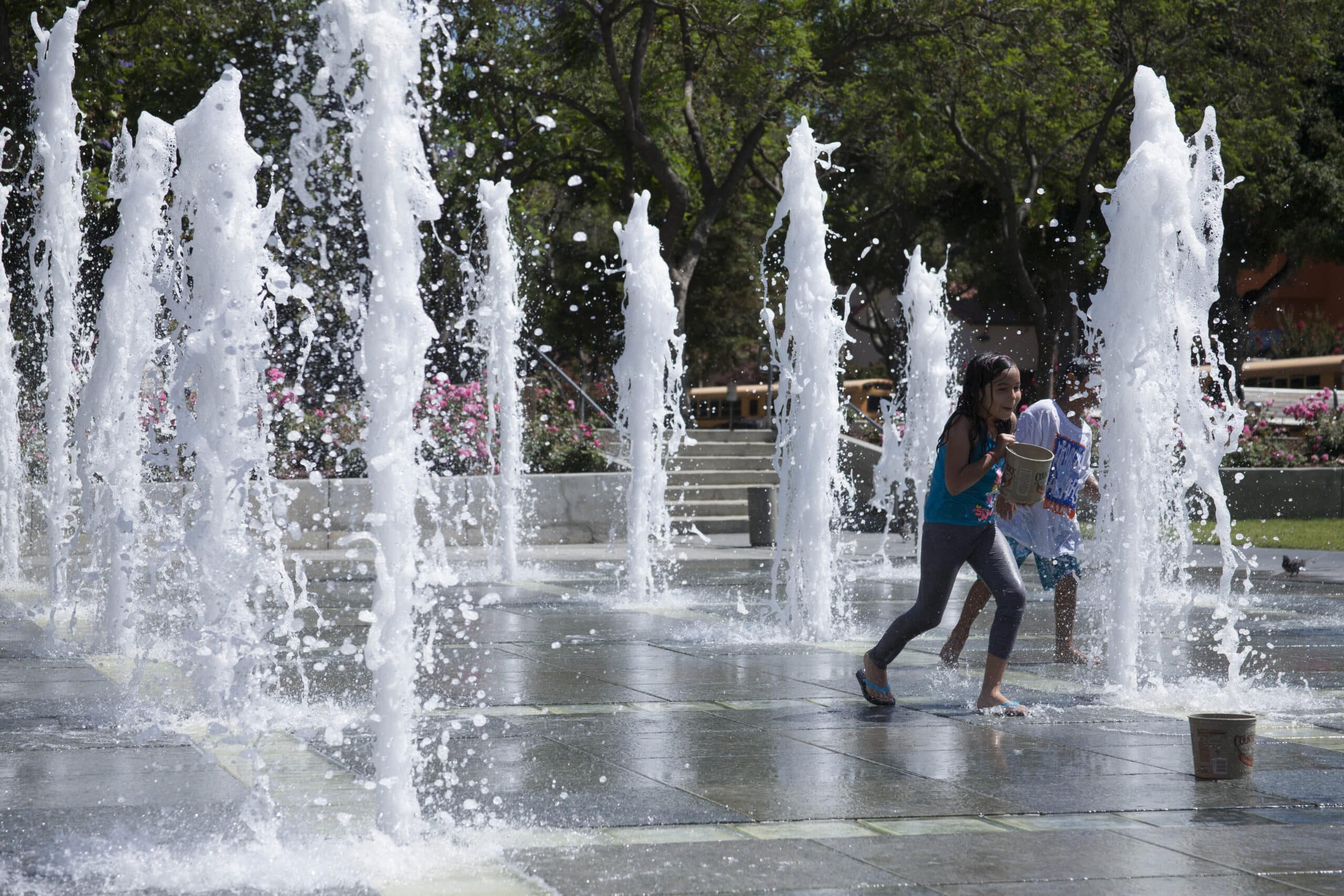As cities across the country are attracting millions of residents again, the center of this sweeping urban renaissance is newly revitalized parks. They are not only safe and beautiful, but also serve as green engines to help address nearly every critical urban need from health to housing, education to environmental justice, from countering sprawl to combating crime.
Someone once mentioned in passing to me that the 21st Century would be the century of the landscape architect. This makes sense in the face of a dramatic shift away from endless suburban and exurban development to a more urban future. Urban parks, trails, and plazas are essential elements of cities as more people choose to live in compact, walkable neighborhoods—they are the community’s backyard.
In a San Jose neighborhood like Buena Vista—which is densely populated, slated for more homes, yet seriously park-deficient—urban parks are more important than ever. However, the questions we must tackle first are: where will the parks go, and how can we fund them?
Back in 2002, Buena Vista and surrounding neighborhoods initiated plans for a park over Highway 280, which slices through the community. Today, that idea has largely been shelved, but should not be dismissed as some far out fantasy. San Jose is planning to transform this area into several urban villages, which would be a mix of more homes, jobs, and shops in a walkable setting. While parks are a part of the conversation, they seem to be more of an afterthought.
Case in point: a vacant, city-owned parcel directly across from the Bascom Community Center and Library could have been the site of a wonderful new park in a community that desperately needs it. However, the City sold the property at a loss last April and proposes a park on the site directly south of the library instead. This would be great, if there were not already a building on that second site.
Ideas like parks over freeways are in fact taking root in other communities and should be encouraged as typical park spaces may be harder to come by. In Los Angeles, Park 101 is a visionary urban design solution to cap Highway 101 in Downtown—reconnecting the city’s historic core with the civic, cultural, and financial cores of modern Los Angeles. In Dallas, five acres over the Woodall Rodgers Freeway were transformed into a park with fountains and dog runs. And the High Line in New York City is an innovative and hugely successful reclamation of an historic freight rail line into a public park.
As cities continue to grow by creating more compact neighborhoods near transit, the need for out-of-the-box thinking when it comes to urban parks is mandatory. Greenbelt Alliance echoes the sentiment in James Reber’s San Jose Inside column, “Future of Parks, Trails Should Be a Key Issue in Election Season“. What we need in San Jose right now are visionary leaders who can see the value of urban parks: their economic, public health, educational, community, and environmental value. Visionary leadership plus a sincere desire to partner with the community can lead to success.
Los Angeles is a model for this—the city has seen its parks budget slashed by 40%, the same as in San Jose, yet it has pursued its 50 Parks Initiative, a bold vision to increase parks in dense and under-served communities. Let’s follow LA’s example of ensuring that dense, lower-income communities have equal access to high quality parks. The funding question still needs to be solved, but with the upcoming San Jose mayoral election, perhaps the right visionary leader will step forward to guide the city to a future with more urban parks.




